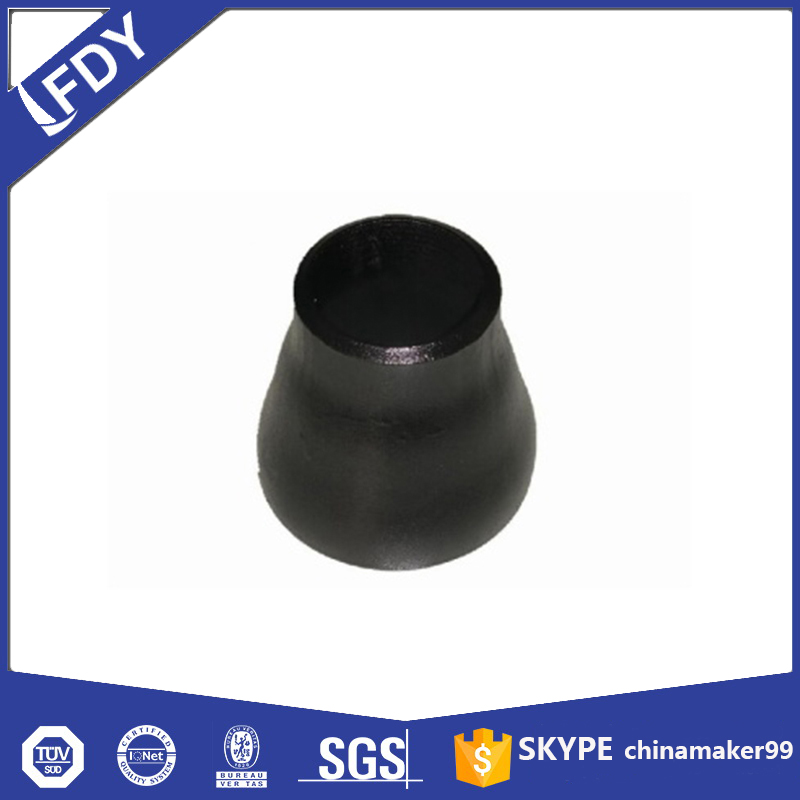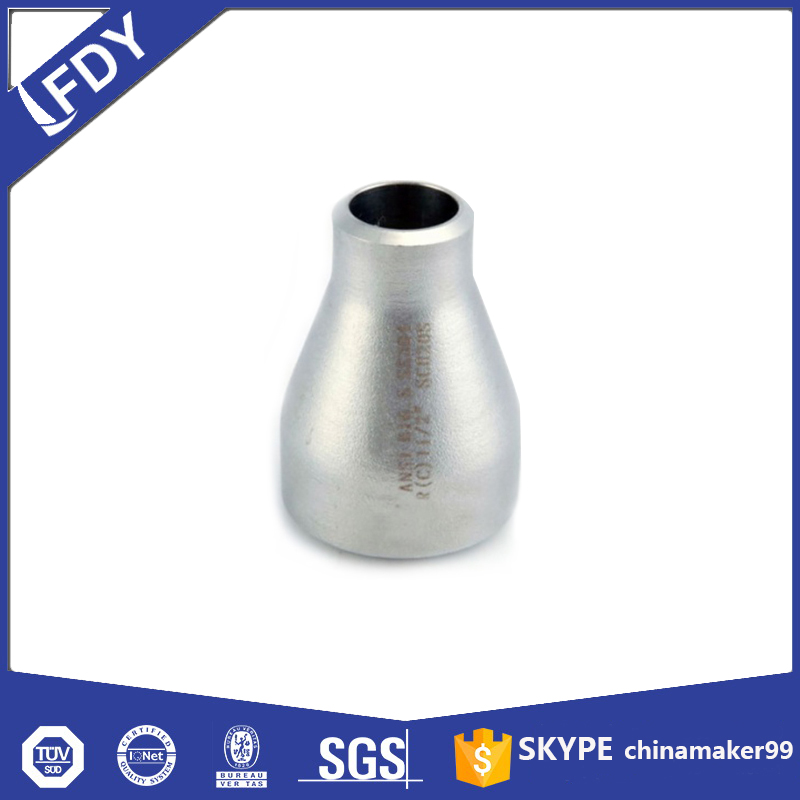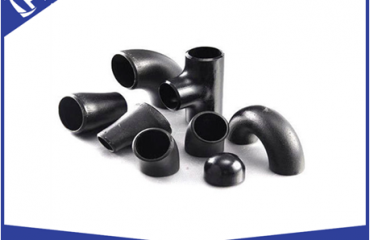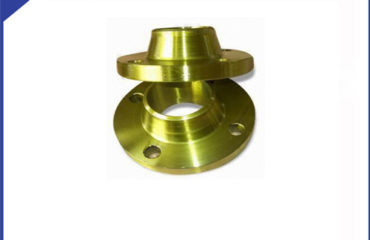
Butt welded fittings are integral to piping systems, yet their true value shines in real – world operating conditions. This article focuses on how these fittings perform across diverse environments, key installation tips, and maintenance practices to extend their service life.
Performance in Varied Environments
High – Pressure Settings
In industries like oil and gas transmission, where pipelines face pressures exceeding 10,000 psi, butt welded fittings excel. Their welded joints eliminate weak points found in threaded fittings, creating a uniform structure that resists pressure – induced cracks. Unlike socket weld fittings, which may develop leaks under extreme pressure, butt welded variants maintain integrity because the weld fuses the fitting and pipe into a single unit. For example, in offshore pipelines carrying crude oil, these fittings endure constant pressure fluctuations without compromising safety.
Corrosive Environments
Chemical processing plants often handle acids, alkalis, and saltwater—substances that degrade ordinary fittings. Butt welded fittings made from corrosion – resistant materials like 316 stainless steel or Hastelloy form a seamless barrier. The smooth weld surface prevents fluid buildup, reducing corrosion rates. In desalination plants, where saltwater circulates at high temperatures, these fittings outlast other types, as their welded joints avoid crevices where corrosion typically starts.
Extreme Temperatures
Power plants, both thermal and nuclear, operate with fluids ranging from -50°C to 600°C. Butt welded fittings tolerate these extremes because the welding process aligns the material’s crystalline structure, minimizing thermal expansion mismatches. In a coal – fired power plant’s steam lines, for instance, the fittings withstand repeated heating and cooling cycles without developing leaks, ensuring consistent energy production.

Critical Installation Tips
Surface Preparation
Before welding, the pipe and fitting ends must be clean and smooth. Any rust, oil, or debris can weaken the weld. Abrasive tools like sanders or grinders should be used to create a uniform bevel—typically 30 to 35 degrees—on both ends. This bevel ensures full penetration of the weld, which is essential for pressure resistance. Skipping this step often leads to incomplete welds that fail prematurely.
Welding Technique
The choice of welding method matters. Gas Tungsten Arc Welding (GTAW) is preferred for thin – walled fittings, as it produces precise, clean welds. For thicker materials, Shielded Metal Arc Welding (SMAW) offers greater penetration. Welders must maintain a steady arc length and control heat input to avoid overheating, which can distort the fitting. Post – weld heat treatment is also recommended for high – stress applications, as it relieves internal stresses and improves ductility.
Alignment
Proper alignment of the pipe and fitting is non – negotiable. Misalignment causes uneven stress distribution, leading to weld cracks. Tools like clamps or alignment jigs should be used to ensure the axes of the pipe and fitting are collinear. Even a 1 – degree misalignment can reduce the fitting’s pressure capacity by up to 10%, making this step critical for long – term performance.
Maintenance Strategies
Regular Inspection
Routine checks using non – destructive testing (NDT) methods—such as ultrasonic testing or radiography—detect hidden weld defects. In industrial settings, inspections should occur every 6 to 12 months. Visual inspections can also identify surface issues like rust or weld erosion, which may indicate internal problems. Early detection allows for repairs before failures occur, reducing downtime.
Cleaning Protocols
For fittings in fluid – carrying systems, periodic cleaning prevents residue buildup. In food processing plants, for example, hot water or chemical cleaners are used to remove organic deposits that can clog the pipeline or corrode the fitting. The smooth interior of butt welded fittings simplifies cleaning, as there are no threads or crevices to trap debris.
Replacement Timelines
While butt welded fittings have long lifespans—often 20 to 30 years—they still require replacement. Factors like frequent pressure spikes, chemical exposure, or temperature cycles can shorten their life. Fittings in critical systems, such as nuclear power plant cooling lines, should be replaced proactively based on manufacturer guidelines, even if no defects are detected.
 Language
Language Espanol
Espanol English
English Italian
Italian عربى
عربى
 Skype: chinamaker99
Skype: chinamaker99  Tel: 86-316-5120812
Tel: 86-316-5120812  Email:
Email:  Whatsapp:
Whatsapp: 
